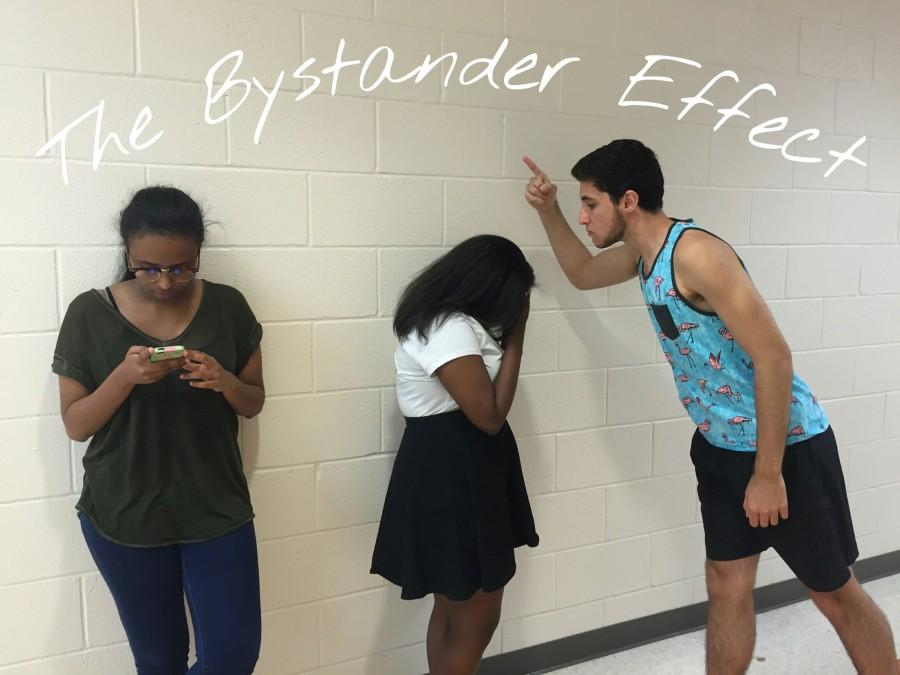If YOU don’t assume responsibility WHO will?
Imagine this: you’re walking down the street and see an individual who is clearly being assaulted by another person. You feel like you should help them, but instead you just brush it off and keep walking, because surely someone else will help them… right? This occurrence is commonly known as The Bystander Effect. People are less willing to put themselves into a potentially dangerous situation to try and help someone when they know other people are around that could do it instead.
This “diffusion of responsibility” phenomenon is common in group settings when people don’t feel the obligation to see if they can help an individual in need. They believe that the next passerby will be the one to take initiative and stop to help, but this ends up creating a ripple effect because they will assume the same thing. In the murder of Kitty Genovese, this was exactly the reason why her murderer was able to carry out the crime.
People from nearby apartment buildings in the area heard her repeated cries for help but nobody took the initiative to get the police involved because every single person in the nearby area assumed that somebody else would help her and take care of it. A few of those who had witnessed part of the attacks said that they called the police but nobody went outside to try and help until the final stabbing took place and her attacker had fled. By this point it was too late for anybody to save her and she died right outside of her apartment building.
In this situation, an individual or two made a small effort to try and help but not enough to stop the murder from being carried out. Although this is one of the more extreme examples of the bystander effect negatively impacting individuals in a big way, it still happens every day in smaller intervals and sometimes even in a high school setting. Throughout the school day, there are many situations where people may need help but won’t speak up for themselves, this may occur in repeated bullying, harassment, and threatening. If an individual were to witness this kind of behavior and not try to help or do something about it, they are adding to the “bystander” phenomenon and they might not even realize it.
Being a “bystander” does not only pertain to extremely dangerous or outrageous situations, if you know somebody may need help and do nothing about it you are exhibiting a diffusion of responsibility and are part of the problem. There is a lot of this everywhere and anybody can either be a part of the problem or by making a difference by creating a solution. Helping somebody who may be in need stops this issue in its tracks. The best way to help end the problem is by being aware of the fact that it could be going on all around you. Take the initiative to make a difference in somebodys life who may really need it and help somebody, don’t be a “bystander”, there are so many people who need the help of another. PCNN has posted an infographic underneath to help explain more in depth with numbers what the “bystander effect” really looks like.
Click on the link below to view an infographic on the matter:
https://magic.piktochart.com/output/6295280-untitled-infographic







